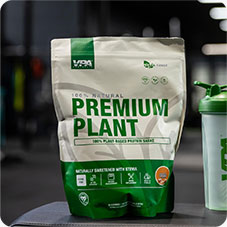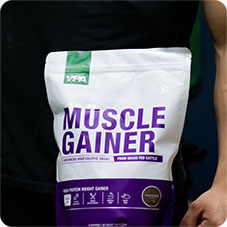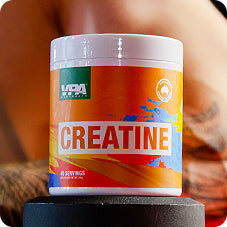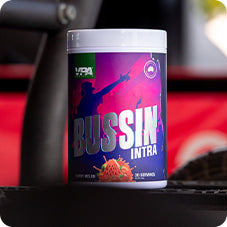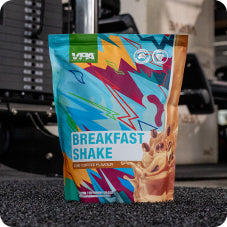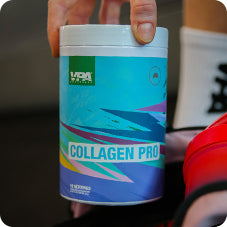Your Cart is Empty
Squatting parallel or Squatting deep
January 23, 2019 2 min read

We see a variety of squats in the gym every day! We see boxes, bands, wide stances, narrow stances, no lock outs, heels elevated & the list goes on and on. But when it comes to squatting variables, a common one is the depth.
A squat is a compound, multi joint, full body exercise that engages most of the lower body. The motion will have you bend at the knees, hinge at the hip whilst keeping the back flat & torso upright. Whether its performed with bodyweight, with a dumbbell, kettlebell or barbell… It’s certainly a staple of most training programs. In saying that, we should want to get the most out of this exercise.
Squatting parallel or Squatting deep…
Should I squat more weight and reduce my squat depth or should I squat less weight but focus on full range of motion?
I believe we should all squat past parallel (unless an injury prevents) and do this as heavy as practical. I’m going to give you a few reasons why.
The deeper you squat; greater activation of the posterior chain occurs. Essentially the glutes & hamstrings will work a lot harder the further you go down. When the glutes & hamstrings muscles are stretched further you will, in turn, get greater activation when compared to a parallel squat.
By using more of our posterior chain, we will then take some of the stress off the knees. An analysis by Hartmann in 2013 showed us that full depth squats had less stress on the knee joint & less risk of injury when compared to partial range squats. It also showed us that the highest compressive force on the knee is at 90 degrees.
“Based on biomechanical calculations and measurements of cadaver knee joints, the highest retropatellar compressive forces and stresses can be seen at 90°. With increasing flexion, the wrapping effect contributes to an enhanced load distribution and enhanced force transfer with lower retropatellar compressive forces.”
“Provided that technique is learned accurately under expert supervision and with progressive training loads, the deep squat presents an effective training exercise for protection against injuries and strengthening of the lower extremity. Contrary to commonly voiced concern, deep squats do not contribute increased risk of injury to passive tissues.”
Full squats will also transfer into a better vertical jump. A Study in 2012 showed that a 10 week deep squat program led to an 8% increase in the vertical jump whereas the partial squat group experienced no increase in the vertical jump.
The summary of Squatting parallel or Squatting
Transfer into a better vertical jump (the vertical jump is a common test to measure/test explosive power in a lot of sports). Hopefully this is enough to convince you to get that little bit lower in your squats!
References for Squatting parallel or Squatting deep:
http://www.ncbi.nlm.nih.gov/pubmed/23821469
http://www.ncbi.nlm.nih.gov/pubmed/22344055
Also in Training

Mastering the Pull-Up
May 01, 2024 4 min read
Learn how to master the pull-up with tips on proper form, breath control, and variations for every level. Also discover the importance of warm-up, muscles engaged, and getting a personal trainer.
Read More
Building a Champion: Why Cardio and Strength Training are Your Fitness Dream Team
April 26, 2024 5 min read
Discover the power of combining cardio and strength training for optimal fitness results. Learn how to structure your workouts, fuel your fitness journey, and embrace the training journey. Check out VPA's training tips and more in our latest blog post.
Read More
Beyond the Six-Pack: Building a Strong Core for Everyday Life
April 23, 2024 5 min read
Discover the power of your core with expert tips and exercises to improve strength, posture, and stability for everyday activities.
Read More Recent Articles
- Mastering the Pull-Up
- Building a Champion: Why Cardio and Strength Training are Your Fitness Dream Team
- Beyond the Six-Pack: Building a Strong Core for Everyday Life
- Routine and Discipline – The Backbone of Fitness
- Calisthenics for Beginners
- Running Cadence: The Key to Efficient Running and Injury Prevention
- Pilates: A Guide for Beginners
- What is DOMS? A guide to relieving sore muscles.
- Flexibility Development for Athletes: Key Strategies and Benefits
- Active Recovery for Rest Days





